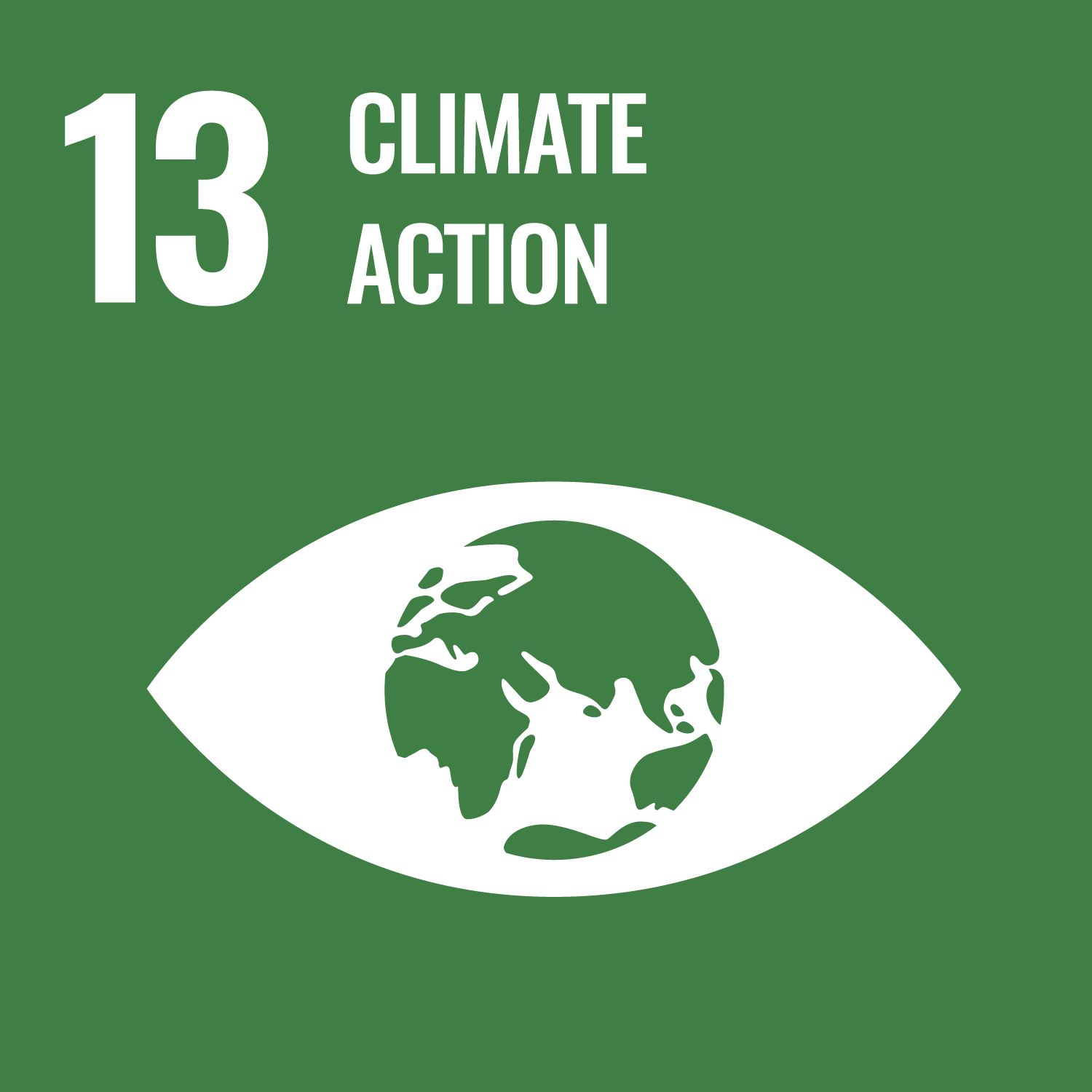ORCID
- Gregory D. Price: 0000-0002-2461-7465
Abstract
AbstractThe Jenkyns Event or Toarcian Oceanic Anoxic Event was an episode of severe environmental perturbations reflected in carbon isotope and other geochemical anomalies. Although well studied in the epicontinental basins in NW Europe, its effects are less understood in open marine environments. Here we present new geochemical (carbon isotope, CaCO3, [Mn]) and nannofossil biostratigraphic data from the Tölgyhát and Kisgerecse sections in the Gerecse Hills (Hungary). These sections record pelagic carbonate sedimentation near the margin of the Tethys Ocean. A negative carbon isotope excursion of c. 6‰ is observed in the Tölgyhát section, in a condensed clay and black shale layer where the CaCO3 content drops in association with the Jenkyns Event. At Kisgerecse, bio- and chemostratigraphic data suggest a gap in the lower Toarcian. The presence of an uppermost Pliensbachian hardground, the absence of the lowermost Toarcian Tenuicostatum ammonite zone and the condensed record of the Jenkyns Event at Tölgyhát, together with a condensed Tenuicostatum Zone and the missing negative carbon isotope anomaly at Kisgerecse, imply arrested carbonate sedimentation. A calcification crisis and sea-level rise together led to a decrease in carbonate production and terrigenous input, suggesting that volcanogenic CO2-driven global warming may have been their common cause.
DOI Link
Publication Date
2021-05-21
Publication Title
Geological Society, London, Special Publications
Volume
514
Issue
1
ISSN
0305-8719
Acceptance Date
2021-03-25
Deposit Date
2021-11-19
Embargo Period
2022-05-21
First Page
269
Last Page
289
Recommended Citation
Müller, T., Price, G., Mattioli, E., Leskó, M., Kristály, F., & Pálfy, J. (2021) 'Hardground, gap and thin black shale: spatial heterogeneity of arrested carbonate sedimentation during the Jenkyns Event (T-OAE) in a Tethyan pelagic Basin (Gerecse Mts, Hungary)', Geological Society, London, Special Publications, 514(1), pp. 269-289. Available at: 10.1144/sp514-2020-266


